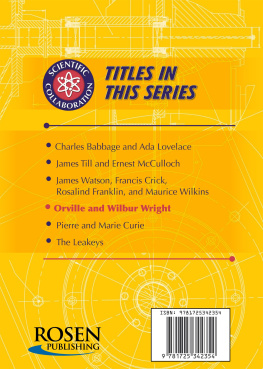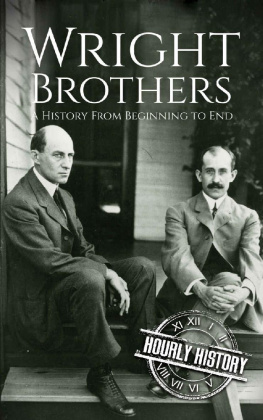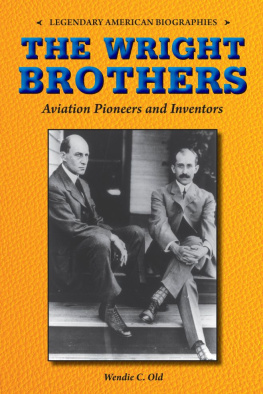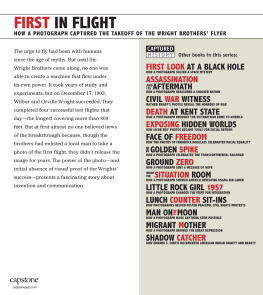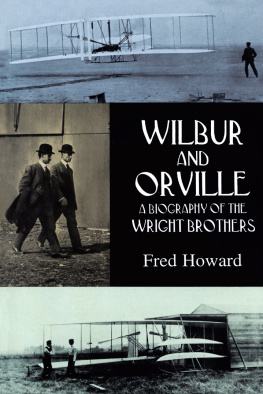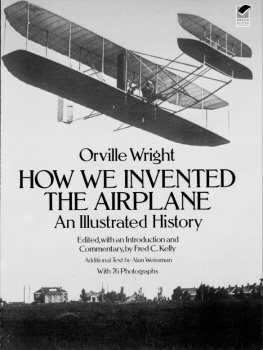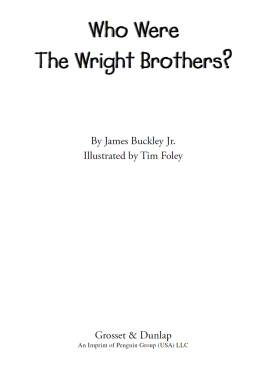
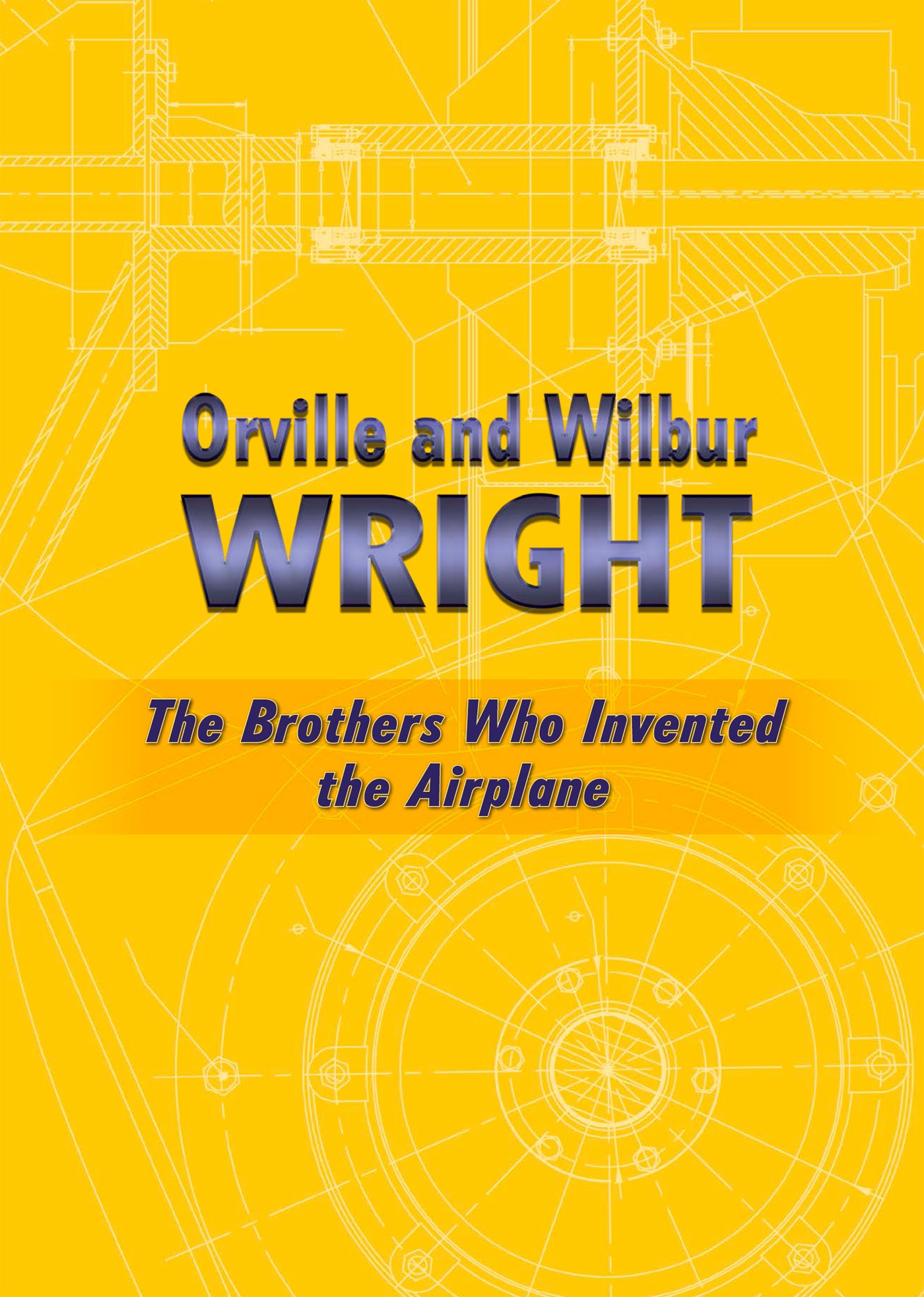
Published in 2021 by The Rosen Publishing Group, Inc.
29 East 21st Street, New York, NY 10010
Copyright 2021 by The Rosen Publishing Group, Inc.
All rights reserved.
No part of this book may be reproduced by any means without the written permission of the publisher.
Library of Congress Cataloging-in-Publication Data
Names: Hagler, Gina, author.
Title: Orville and Wilbur Wright: the brothers who invented the airplane / Gina Hagler.
Description: New York: Rosen Publishing, 2021. | Series: Scientific collaboration | Audience: Grade 7-12. | Includes bibliographical references and index.
Identifiers: LCCN 2019013446 | ISBN 9781725342354 (library bound) | ISBN 9781725342347 (pbk.)
Subjects: LCSH: Wright, Orville, 1871-1948Juvenile literature. | Wright, Wilbur, 1867-1912Juvenile literature. | AeronauticsUnited StatesHistory20th centuryJuvenile literature. | AeronauticsUnited StatesBiographyJuvenile literature.
Classification: LCC TL540.W7 H245 2021 | DDC 629.130092/273 [B] dc23
LC record available at https://lccn.loc.gov/2019013446
Printed in the United States of America
Photo Credits: Cover, pp..
CPSIA Compliance Information: Batch #BSR20. For further information contact Rosen Publishing, New York, New York at 1-800-237-9932.

CONTENTS

Introduction
I ts difficult to imagine a time when people doubted that flight was possible. Its also difficult to imagine that people risked their lives to try anyway. The first unsuccessful attempts were made by those who thought that gluing feathers to their arms would make flight possible. These attempts were followed by unsuccessful tries by those who thought takeoff speed was the key. Additional failed attempts were made by those convinced that the flapping motion of the arms would make the difference.
Others used stories and drawings to imagine what flight might be like. One Greek myth tells of Icarus, a young man who used wings of wax and feathers. He flew too close to the sun, his wings melted, and he fell from the sky and drowned in the Mediterranean Sea. Leonardo da Vinci (14521519) drew a scene that shows a view of Earth that is said to only be possible when viewed from above. Designs for flying machines also occupied the minds of those intent on flight. Leonardo is just one of the people who drew flying machines that he thought might succeed.

In this image, Icarus is falling from the sky after daring to fly too close to the sun. Icaruss fall is often referred to when an attempt to do something bold and new is announced.

Leonardo da Vinci was one of the greatest thinkers of all time. His designs for parachutes, airplanes, and a helicopter were the result of his interest in flight.
It is now known that none of these dreamers were correct because none of them imagined the forces in play. Even after Sir George Cayley (17731857) named the aerodynamic forces of lift, thrust, gravity, and drag, the way they worked together wasnt obvious. If thrust didnt come from jumping off a building with feathers glued to the arms while flapping wildly and lift couldnt be attained by jumping off a hill while wearing canvas wings, then how did it work?
When Wilbur (18671912) and Orville (18711948) Wright were young men, the public was fascinated with the possibility of flight. People had seen toys that could fly for a short distance, had flown kites, and had observed birds taking off, hovering, and landing. They were also aware that things that were lighter than air could float in the sky in the form of gigantic hot-air balloons. Shouldnt it be possible to achieve controlled, heavier-than-air, powered flight with a machine? Orville and Wilbur wondered too.
The Wright brothers were first to solve the problem of flight. These brothers were ordinary men who worked together to achieve one of the greatest feats in aviation history. They worked as a team to design, test, and fly the first successful airplanea powered, heavier-than-air object with a passenger aboard under control the entire time. Each brother working alone might have solved some of the problems that arose. By collaborating, they were able to successfully solve them all.
Wilbur and Orville Wright succeeded because they had a new approach and a successful collaboration. Their mutual respect made it possible to trade ideas back and forth. It allowed them to think outside the box to imagine new solutions. And, when things didnt go as expected, their working together gave them the confidence to discover why and to give it another try using what theyd learned. Their collaboration changed the world.

A Family on the Move
S o much has been written about Wilbur and Orville Wright as young men that its easy to forget they were once young boys. Before they grew up to work together to solve the problem of manned, heavier-than-air, powered flight, they played and explored, making friends and developing interests that would last their lifetimes. Just what were the Wright brothers like as children?
The Bishops Boys
Wilbur and Orville were four years apart in age. They were the middle children, with two older brothers and one younger sister. Their father, Milton Wright (18281917), was an itinerant preacher who moved his family often as he went from state to state representing the Church of the United Brethren in Christ. The family moved from Indiana to Ohio to Iowa and back to Ohio as the family grew. Once Milton Wright was named a bishop in 1884, the family settled in Dayton, Ohio. It was here that Wilbur and Orville were known as the bishops boys to the adults in town. To their friends, they were known as Wil and Orv.
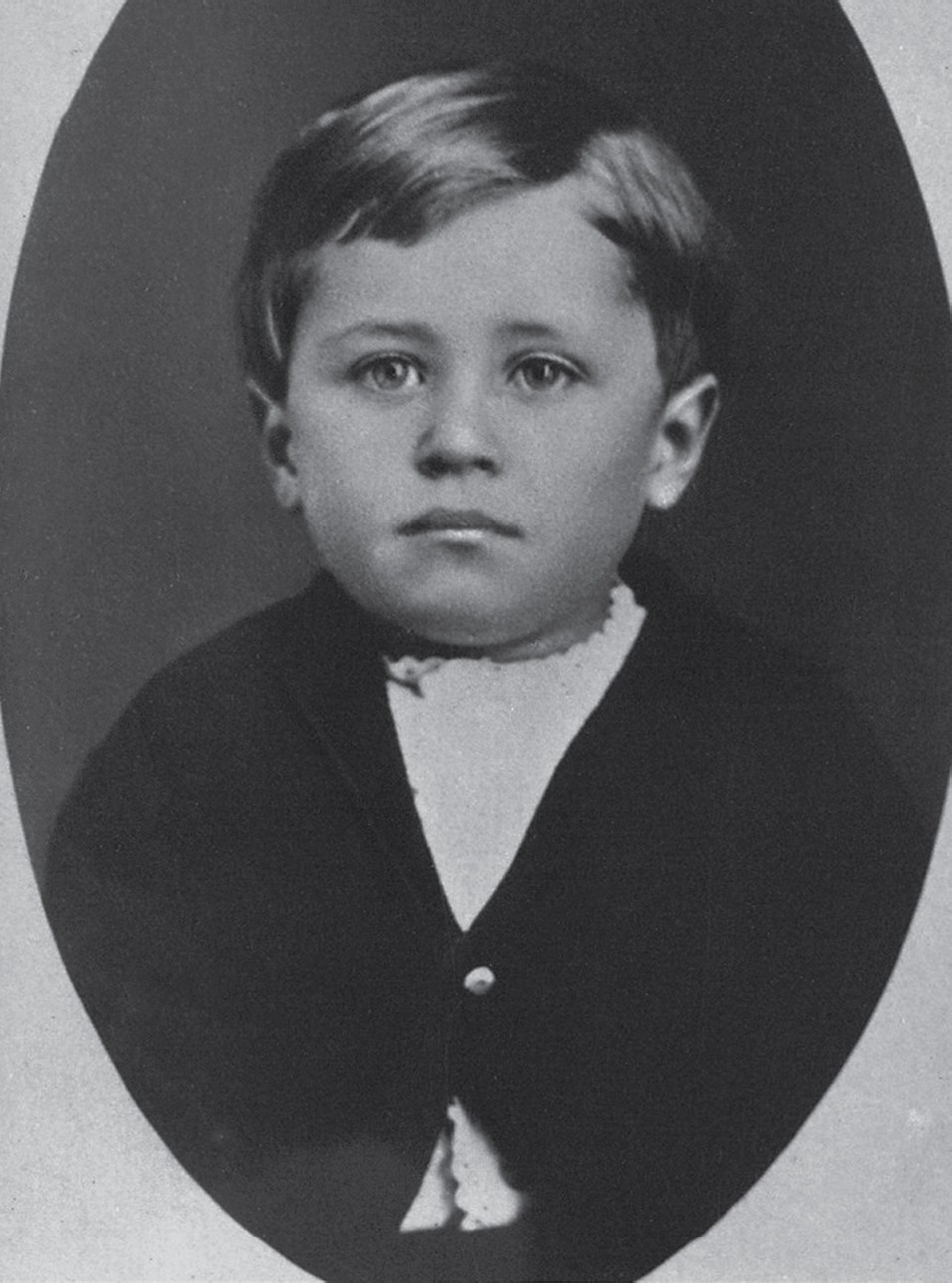
Orville Wright, six years old in this picture, was one of seven children. He and his brother Wilbur were especially close.
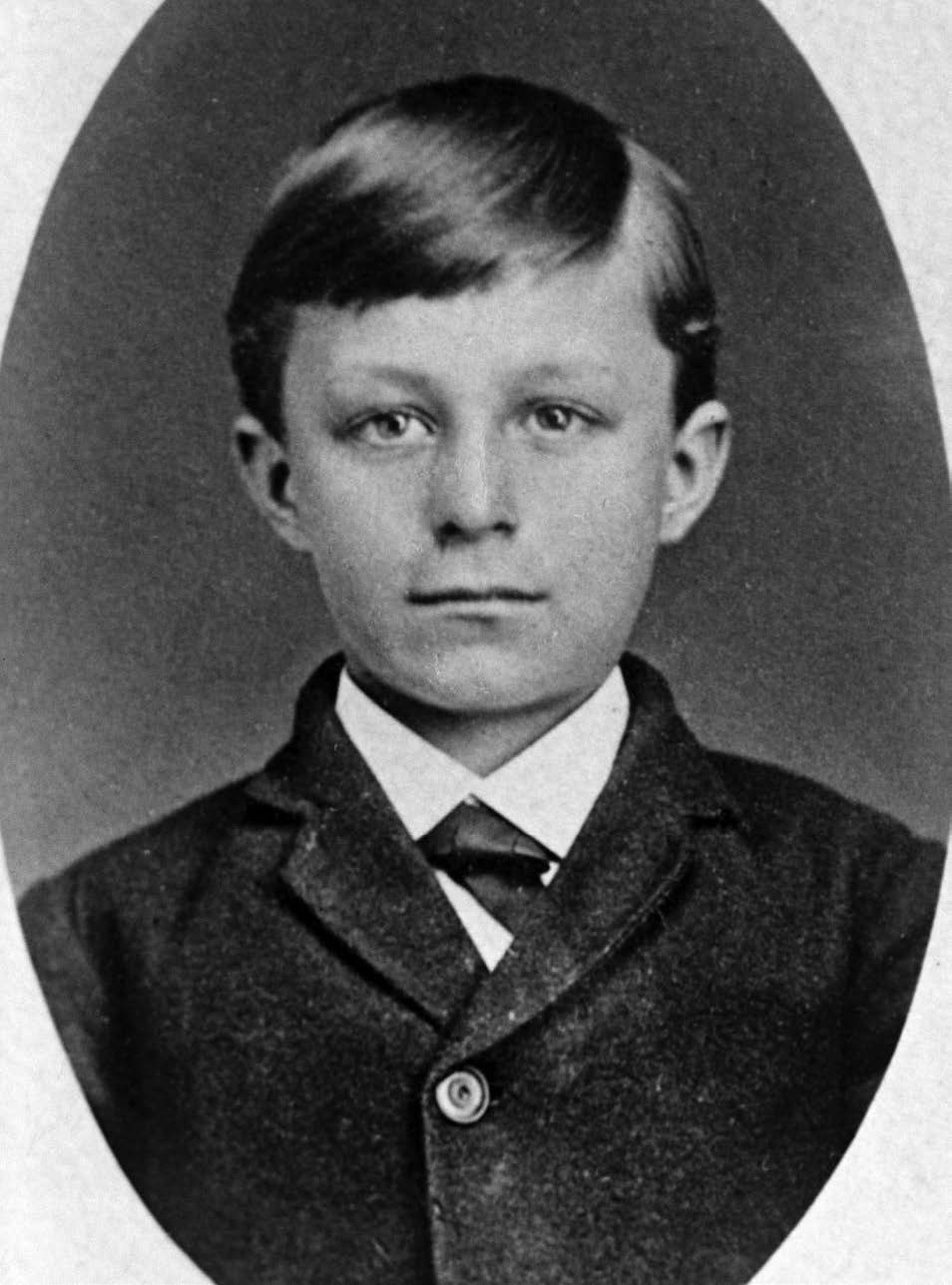
Wilbur Wright, nine years old in this picture, was the older of the famous Wright brothers. Although he was an excellent student, an accident during a hockey game kept him from attending college.
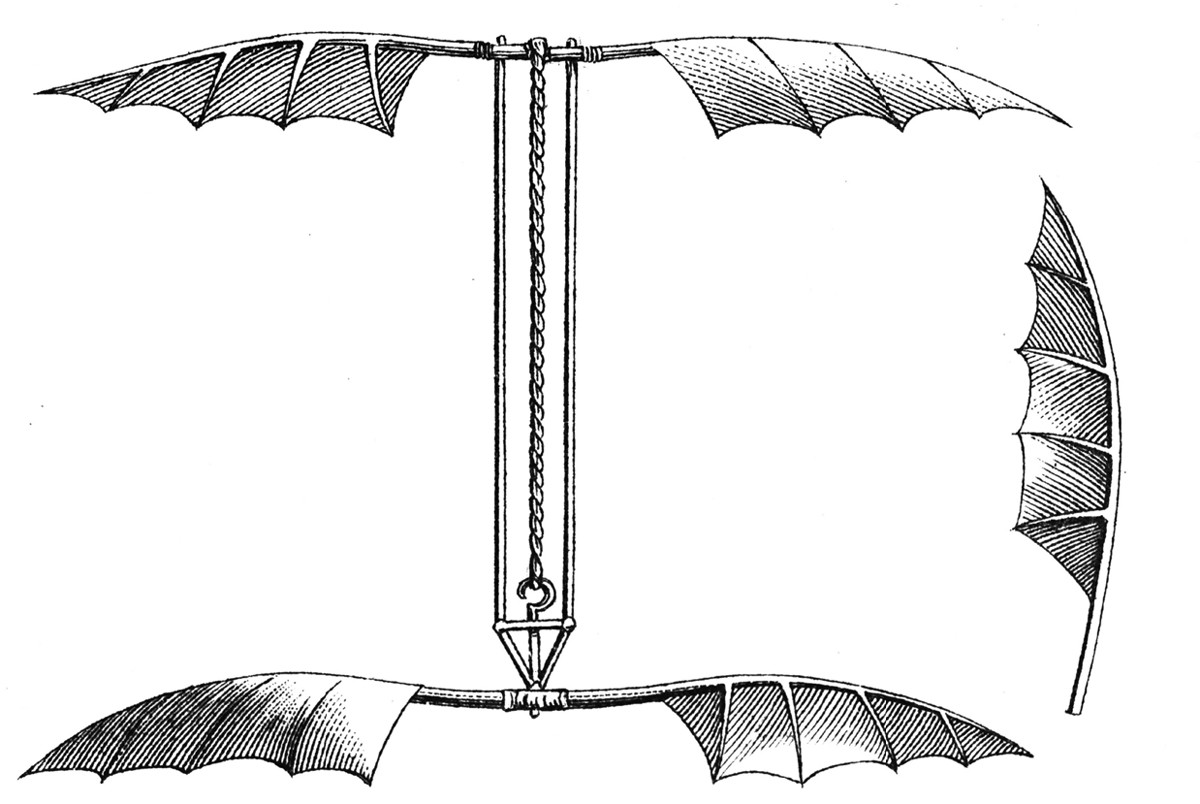
Alphonse Pnauds planophore was an early helicopter. Wil and Orv were fascinated by this little flying craft.

